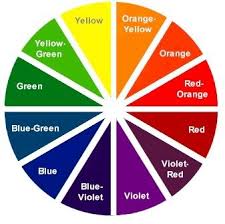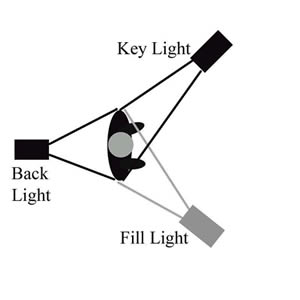Colour Wheel
Adjacent colours appear next to each other on the colour wheel.
Complementary colours are separated by another colour.
Clashing colours appear directly opposite.
Hue = Pure Colour
Tint = Hue + White
Tone = Hue + Grey
Shade = Hue + Black
hue describes the distinct characteristic of colour that distingushes red from yellow ad blue.
Saturation is the purity of colour-how much of that colour where 100 represents solid colour and value of 5 about 5% tint of that colour.
Value = Brightness, it can refer to the luminance, in terms of pigment the addition of black, lower the brightness closer to black it appears.
Tints/Tones/Shades = If white is added to a colour, the lighter the version is a tint. If the colour is made darker by adding black, the result is called a shade. And if grey is added, each graduation gives you a different tone.
On a computer red, blue and green are in a pixel to determine a colour o the scale of 0-255, 0 being white and 255 being black.

We also did a practice lighting exercise where we had to set up a 3 point lighting system and make it look like day light, the theme was interview so one person would be in front of the camera and be answering questions from someone of camera our task was to eliminate all shadows within the shot to give the effect of daylight, as a group we played around with many different lighting angles as well as changing the colour of the lights in order to give the effect we wanted.
Although we had done a number of shots we could'deem to remove all the shadows and our takes looked rather faded and plain, then with help from Deborah she said it was best to do each light one at a time in order to be able to see what areas the individual light was effecting, with her help we were able to do a take and give the impression of daylight, rather than being in a closed studio.
3 point lighting system:

No comments:
Post a Comment